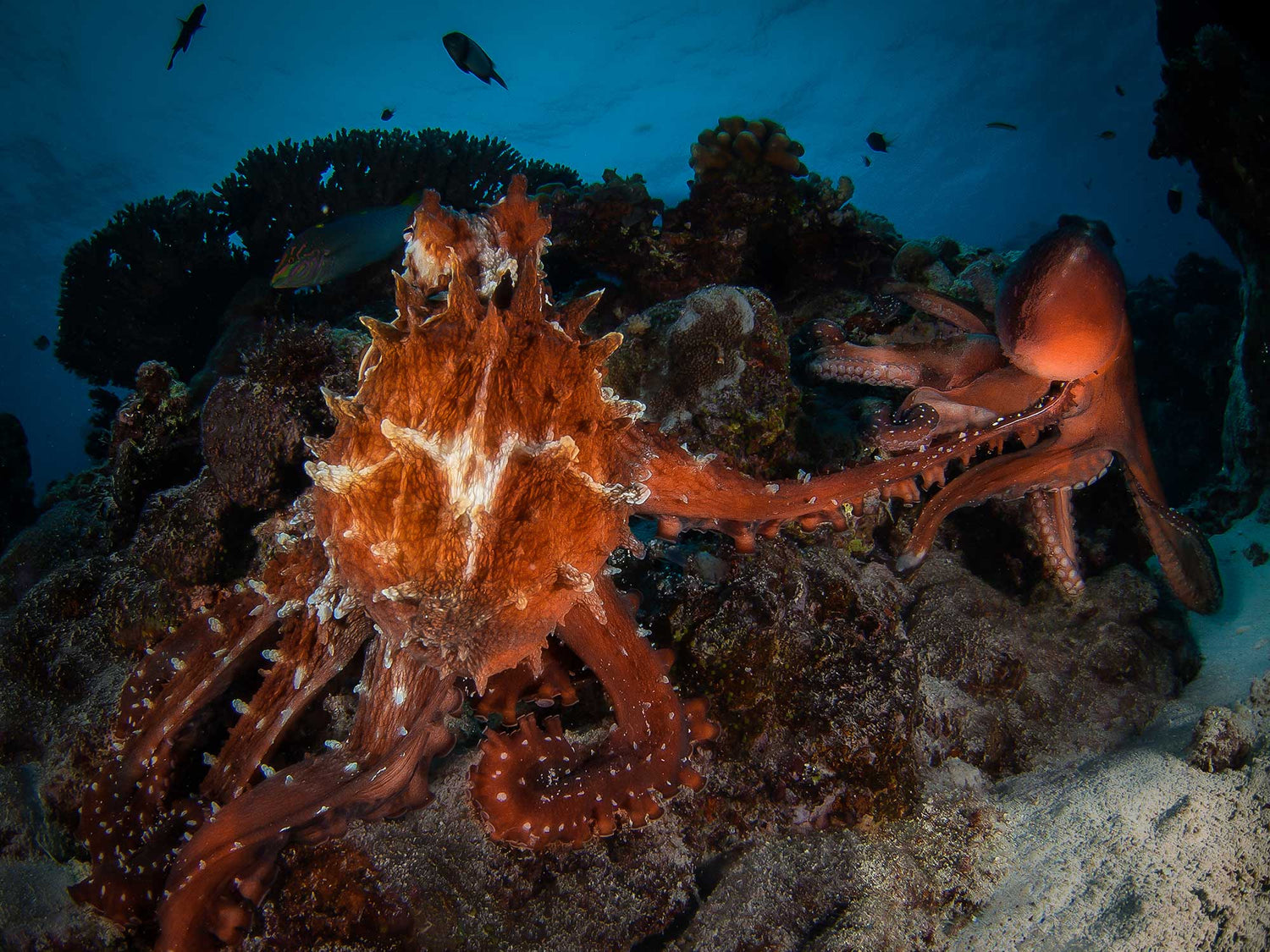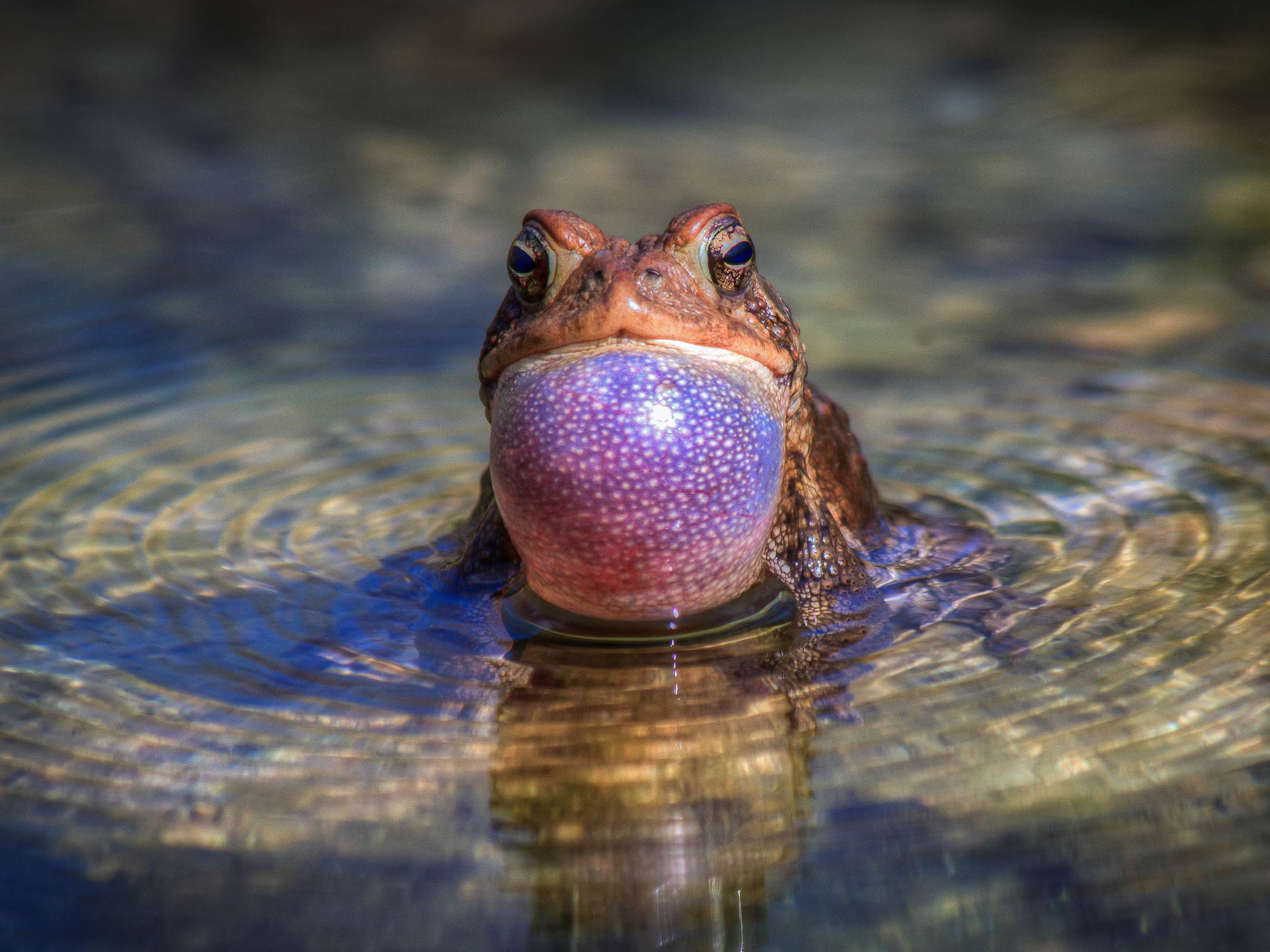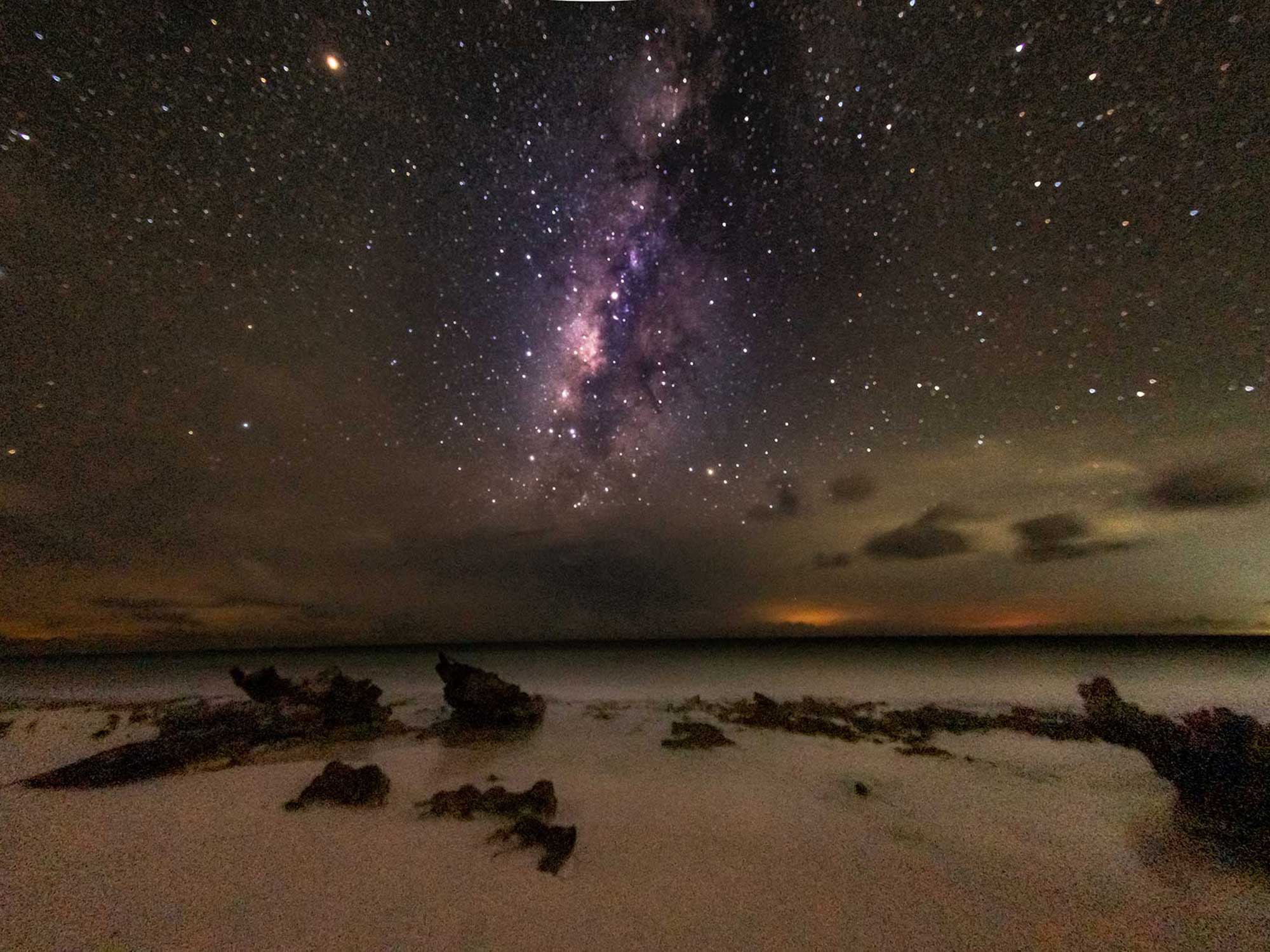Octopuses come in every size and coloration combination you can imagine. From small enough to sit on your thumbnail to the Giants in the Pacific Northwest. These are undoubtedly the smartest animals on the reef (along with their cousins, the Cuttlefish). If you mainly dive in the Caribbean, you may think of them as being nocturnal - certainly they are most often seen on night dives; but there are many species that are mostly seen during the day.
When you find one, you are in for a treat because they are capable of mimicking any shape, color, or texture and a common behavior is to flash various combinations of these to try and hold their ground and perhaps scare you off (they aren't the best swimmers). I have never seen an octopus "ink" in person, my suspicion is that this is a last ditch effort, and probably stresses the animal. Most importantly, be gentle and don't chase or harass them.

Note the divers in the background reviewing their images away from this pair so as not to disturb them and to let another photographer shoot them. In Wakatobi, these are called Day Octopus because they are so often out in the day. © Steve Miller
DSLR + Mirrorless
ISO: 200-400 with flash, higher if it is a deep dive, or you are in shadow and wish to balance the background.
Mode: Manual, especially with flash.
Aperture: Variable through whole range, depending upon how dark or light you wish your background to be. Start with F-8 if you aren't sure, then change after previewing your image.
Shutter Speed: 1/125-1/160 flash synch.
Lens: 8mm to 100mm. Face shots and eyeball shots are beautiful, even a section of their skin can make nice image. But for the big ones it's nice to have a super wide lens, particularly fisheye.
Point + Shoot
ISO: 100 to 200.
Mode: Manual or Aperture Priority. If you are shooting natural light, Program will work as well.
Aperture: Full range depending on sun in your frame.
Shutter Speed: 1/125 to 1/200.
Lens: Full wide angle with or without a wide angle wet lens.

Some times there is a quiet truce where the octopus won't move away from you because they don't feel threatened. Eye contact at this distance with a macro lens is something you will always remember - you can sense the intelligence they possess. © Steve Miller
Technique
Highly intelligent, these animals can fit into just about any opening, so there are a million places for them to hide on the reef. If they are out an about, they are probably hunting, especially at night. Approach slowly and they may reward you with varying colors and textures to try and confuse you. If it is night your dive or modeling light will bring out the colors of the bottom, making for very interesting attempt at camouflage by the octopus.
Pro-Tip
If you are shooting video and have the time (and power), try setting your camera just outside their hole and swim away with the camera running. Even with lights on you may find that the intelligence and curiosity of these animals over rules their caution, and they come out to investigate - particularly if you are not near (and they don't sense your bubbles).
Strobes
Position your strobe(s) far away from the lens, just behind the focal plane and angled forward to reduce backscatter. If you are shooting TTL and the lens is opened up for a natural light exposure (read the water column with your light meter) then the flash will be very soft, and not alarm the octopus. If you are shooting very close, make sure that your strobes converge on the animal, by pointing them in towards the dome.

This is not the famous Blue-ringed octopus (despite the blue ring). © Steve Miller
 Ambassador Steve Miller has been a passionate teacher of underwater photography since 1980. In addition to creating aspirational photos as an ambassador, he leads the Ikelite Photo School, conducts equipment testing, contributes content and photography, represents us at dive shows and events, provides one-on-one photo advice to customers, and participates in product research and development. Steve also works as a Guest Experience Manager for the Wakatobi Dive Resort in Indonesia. In his "free" time he busies himself tweaking his very own Backyard Underwater Photo Studio which he's built for testing equipment and techniques.
Ambassador Steve Miller has been a passionate teacher of underwater photography since 1980. In addition to creating aspirational photos as an ambassador, he leads the Ikelite Photo School, conducts equipment testing, contributes content and photography, represents us at dive shows and events, provides one-on-one photo advice to customers, and participates in product research and development. Steve also works as a Guest Experience Manager for the Wakatobi Dive Resort in Indonesia. In his "free" time he busies himself tweaking his very own Backyard Underwater Photo Studio which he's built for testing equipment and techniques.
Additional Reading
Understanding Octopuses for a Friendly Photographic Experience
Reflections: Manipulation with Mirrors and Light for Behavioral Images
Cuttlefish Underwater Camera Settings and Technique
Night Dive Underwater Camera Settings
Shedding Light on Night Diving
Manual White Balance for Underwater Still Photography













